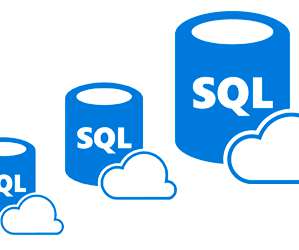Snap: a microkernel approach to host networking
The Morning Paper
NOVEMBER 10, 2019
Snap: a microkernel approach to host networking Marty et al., This paper describes the networking stack, Snap , that has been running in production at Google for the last three years+. The desire for CPU efficiency and lower latencies is easy to understand. SOSP’19. Emphasis mine). It reminds me of ZeroMQ.






















Let's personalize your content